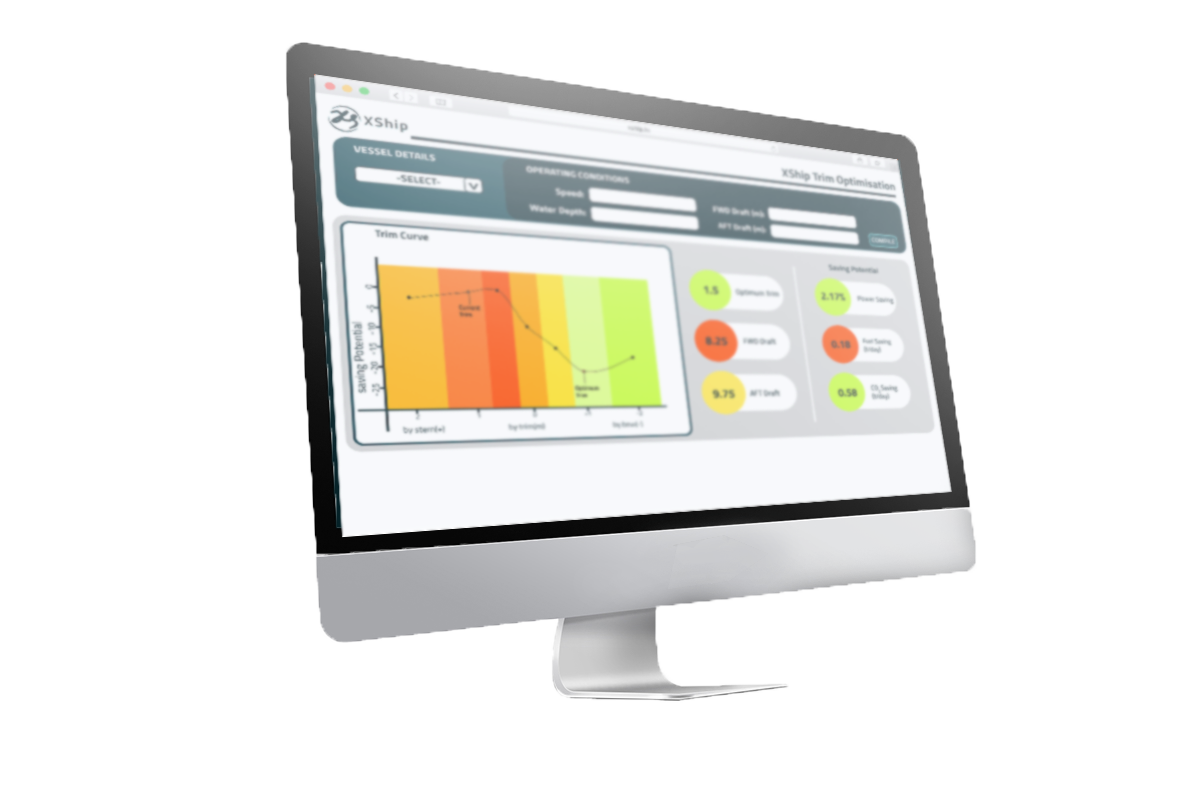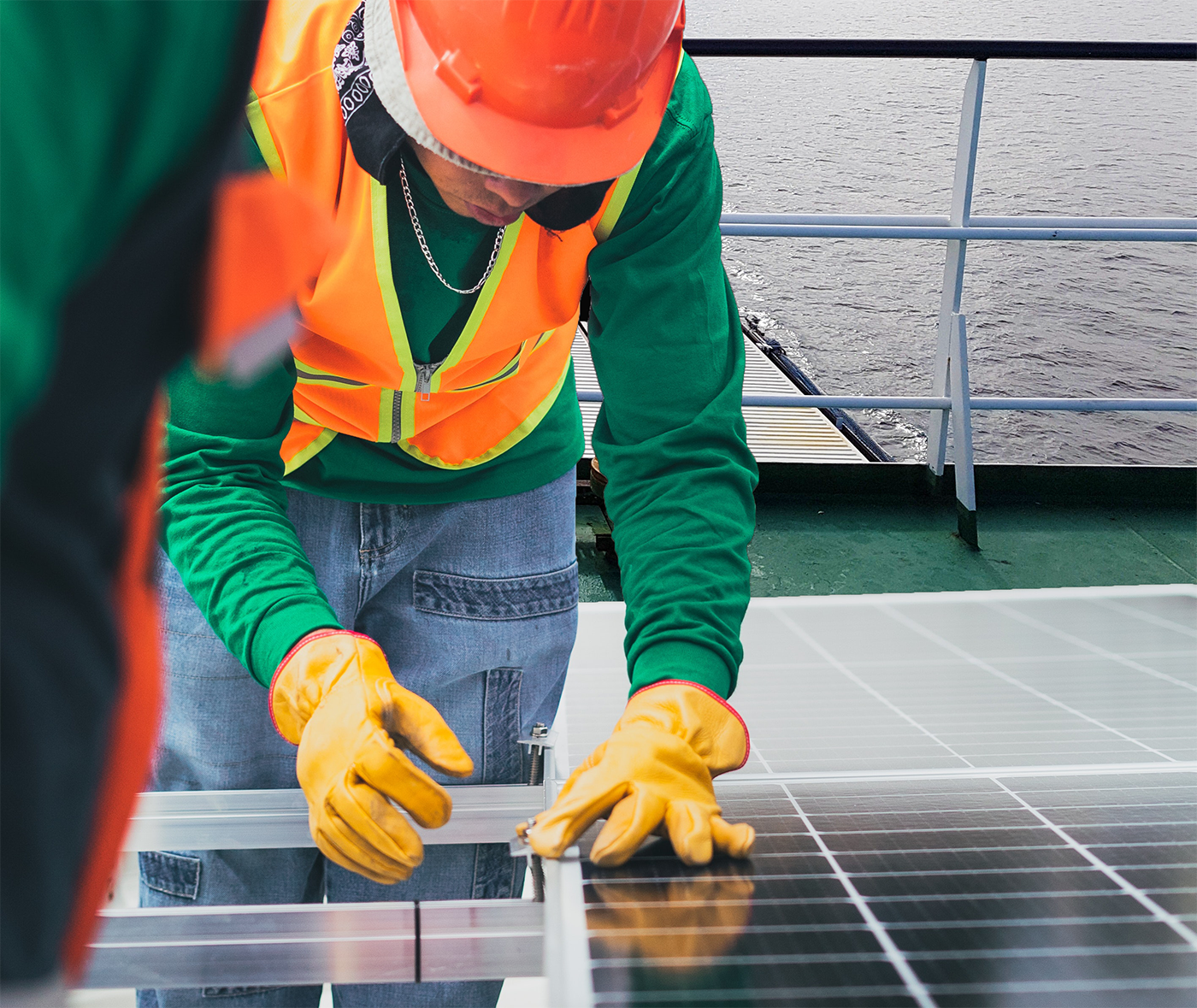- XShip | Ship Building Software & Analytics

Trim optimization is the lowest hanging fruit among energy-saving solutions. We can
implement in vessels by adjusting the operation and loading parameters. The ship has no
extra installations and can achieve significant fuel savings of almost 5%.
The initial effort includes hull form modeling, using computational fluid dynamics to estimate the vessel
performance at different speeds, drafts, and trim. It is a qualitative assessment to obtain the
trim table.
The exercise’s objective is to understand the direction in performance (good or
bad) when the trim changes from an even keel to either approach.

Solar Energy on Ships
Installing a solar plant on a ship has two benefits. Firstly, it provides cheap power, and that
means we can reduce the OPEX. Secondly, we get EEDI lowered.
We have identified a 25 kW
solar plant as a scalable unit for commercial vessels where large installations are not
possible because of interference with cargo operations, like a bulk carrier, tanker, and
containers (except ROROs).
This size is a sweet spot between the benefit of increasing size
and achieving a lower per kW cost versus redundancy and ease of installation when it is a
smaller unit.

Large Energy Backup Solutions
Containerized energy storage system is a suitable solution for projects ranging from kW to
MW scale. A single 20-foot container typically offers 50 kW of power and a capacity of 200
kWh. This solution is extremely viable as it eases the transportation and installation.
Our integrated Battery Management System continuously monitor and evaluates the battery
health and battery data and enables to operate the battery in partial state of charge and thus
ensures a significant reduction of total cost of ownership of the system